Cast the barge off the wharf. A reducing agent or fuel could be.
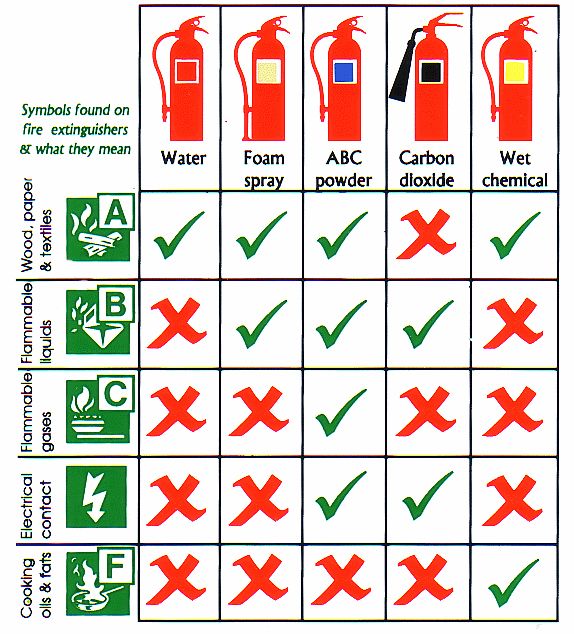
Fire Extinguisher Types How To Choose The Right Class
Question 1 class b fires involve which of the following fuels:
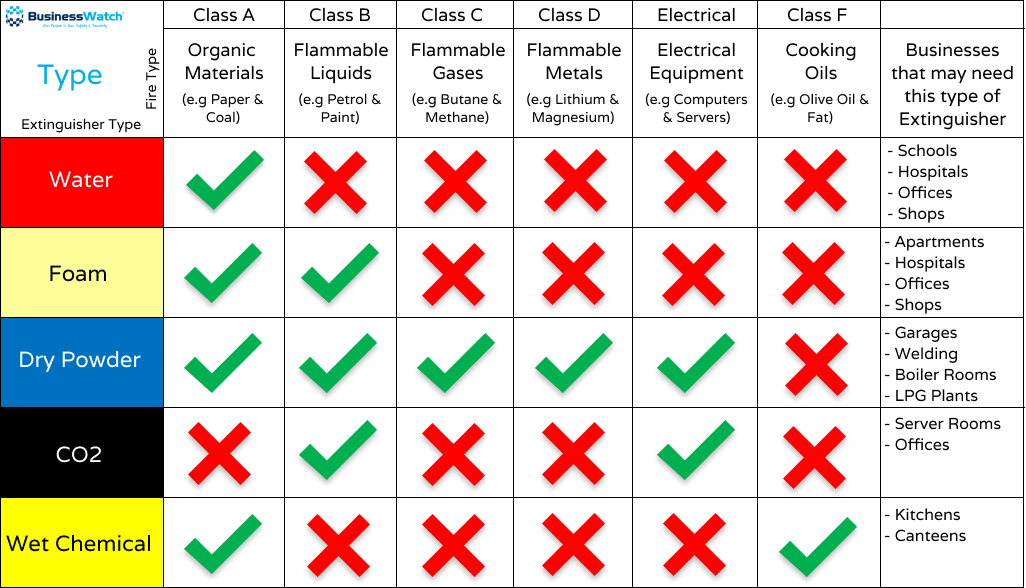
Class b fires use the following as fuel. Class b—fires involving flammable gases or liquids, such as propane, oil and gasoline class c—fires involving energized electrical components If the fire is from a liquid form then foams are used like aqueous film forming foam, foam derived from blood products and other types of foam. A) is endothermic and can occur in an inert atmosphere.
Flammable liquids, gases, and solvents. For example, propane , natural gas , gasoline and kerosene fires are types of class b fires. C) is exothermic, self sustaining, and can occur in an inert.
Grease can also serve as fuel for a class b fire. Flammable liquids such as alcohol, ether, oil, gasoline and grease, which are best extinguished by smothering. Effective on class a, b, and c fires.
Class b fires are known to result from an explosion of flammable liquids or gases. Question 2 7 out of 7 points the fire tetrahedron consists of the following elements: The fuel for the fire, as follows:
Close the fuel line valve. D) always requires a source of ignition. Fuel, oxygen, heat source, and chemical chain reaction.
E) requires the presence of air. There are four classes of fires: This type of fire is flammable liquids and gases.
Be thorough when using a co 2 extinguisher. Any of the following may be the fuel source for a class b fire: Fires in combustible metals, such as magnesium, titanium, zirconium, sodium, lithium, and potassium.
It is therefore very important to understand the four different classifications of fuel. This agent also works by creating a barrier between the oxygen element and the fuel element on class a fires. Flammable liquids, gases, and solvents.
Solid combustible materials that are not metals. A rule of thumb is if it leaves an ash behind, it is a class a fire. It is important to use the correct extinguisher for the type of fuel!
Flammable gases include butane and. Ordinary dry chemical is for class b & c fires only. B) is always a visible process in that light is given off.
Chemicals such as magnesium, aluminum or potassium In the european/australian system, flammable liquids are designated class b having flash point less than 100 °c (212 °f). The fuel sources of class b fires (gases and liquids) can be quite volatile and cannot be extinguished by water, which will only make the fuel source spread, thus spreading the fire.
Wood, paper, cloth, rubber, trash, and plastics. Class b fires are those where the fuel is flammable or combustible liquid. Fires that involve energized electrical equipment.
Secure all engine room doors, hatches, and vents. If you have any of these materials in use or storage, then you should have the proper fire extinguishers available to. That is why it is important only to use extinguishing.
Class a—fires involving ordinary combustibles, such as paper, trash, some plastics, wood and cloth. Question 1 7 out of 7 points class b fires involve which of the following fuels: The us system includes flammable gases in their class b.
It has a moderate spray range and last only 10 to 30 seconds. Fuels like gasoline and diesel, jet fuels, gaseous flammable gases like hexane, butane and methane and cooking oils. Class b foam is effective in extinguishing hydrocarbon fuel fires and suppressing vapors because it ?
Ordinary solid combustibles such as paper, wood, cloth and some plastics. These fires follow the same basic fire tetrahedron (heat, fuel, oxygen, chemical reaction). Check the spread of the fire with foam.
Flammable liquids, gases, and solvents. When used for class b and c fires, the co 2 covers the fuel by blanketing it, and stops the reaction at the surface by displacing oxygen. Electrical equipment, appliances and wiring in which the use or a nonconductive extinguishing agent prevents injury.

Fire Classes - Fsh Direct

Class B Fire Extinguishers Combustible Gases And Liquids - Strike First Usa
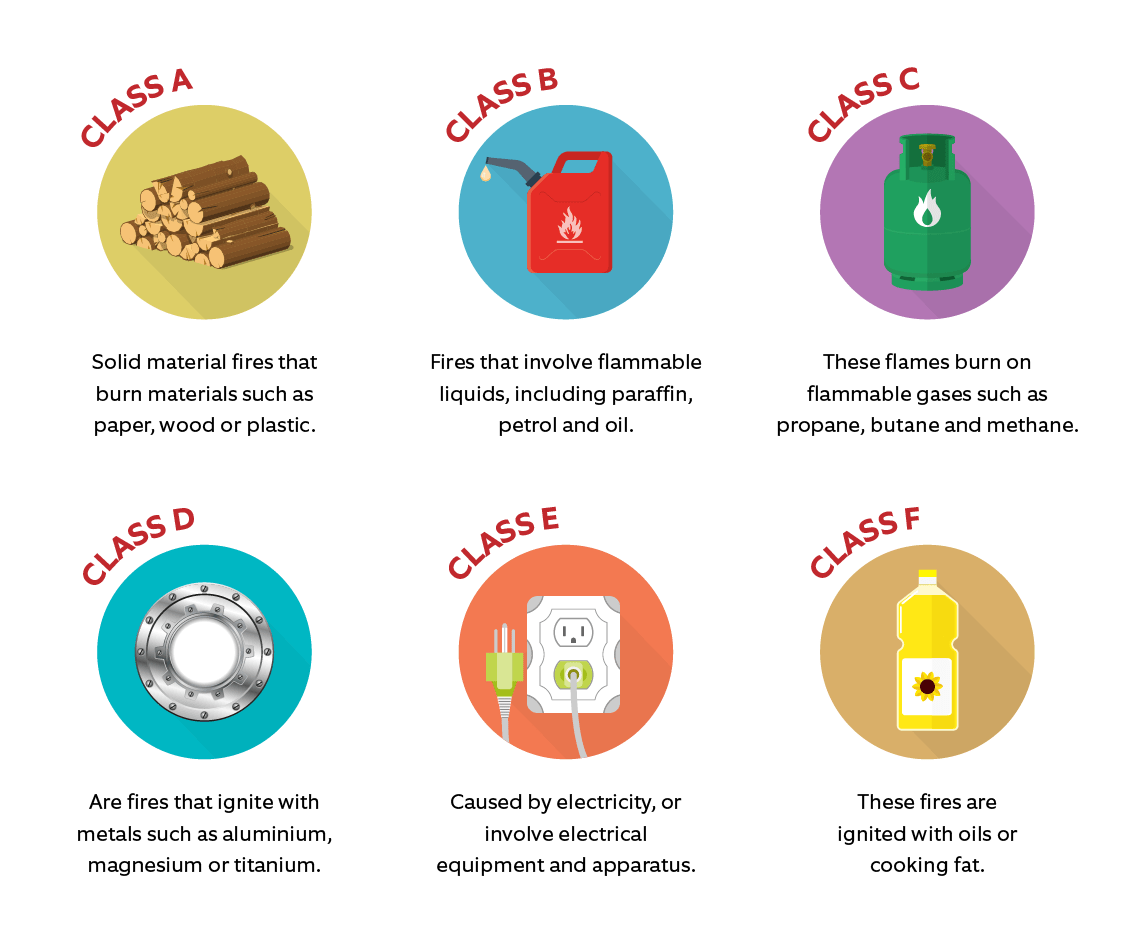
Fire Extinguisher Types And Uses Infographic City Fire Protection
Classes Of Fire Class A Combustible Materials Characteristics
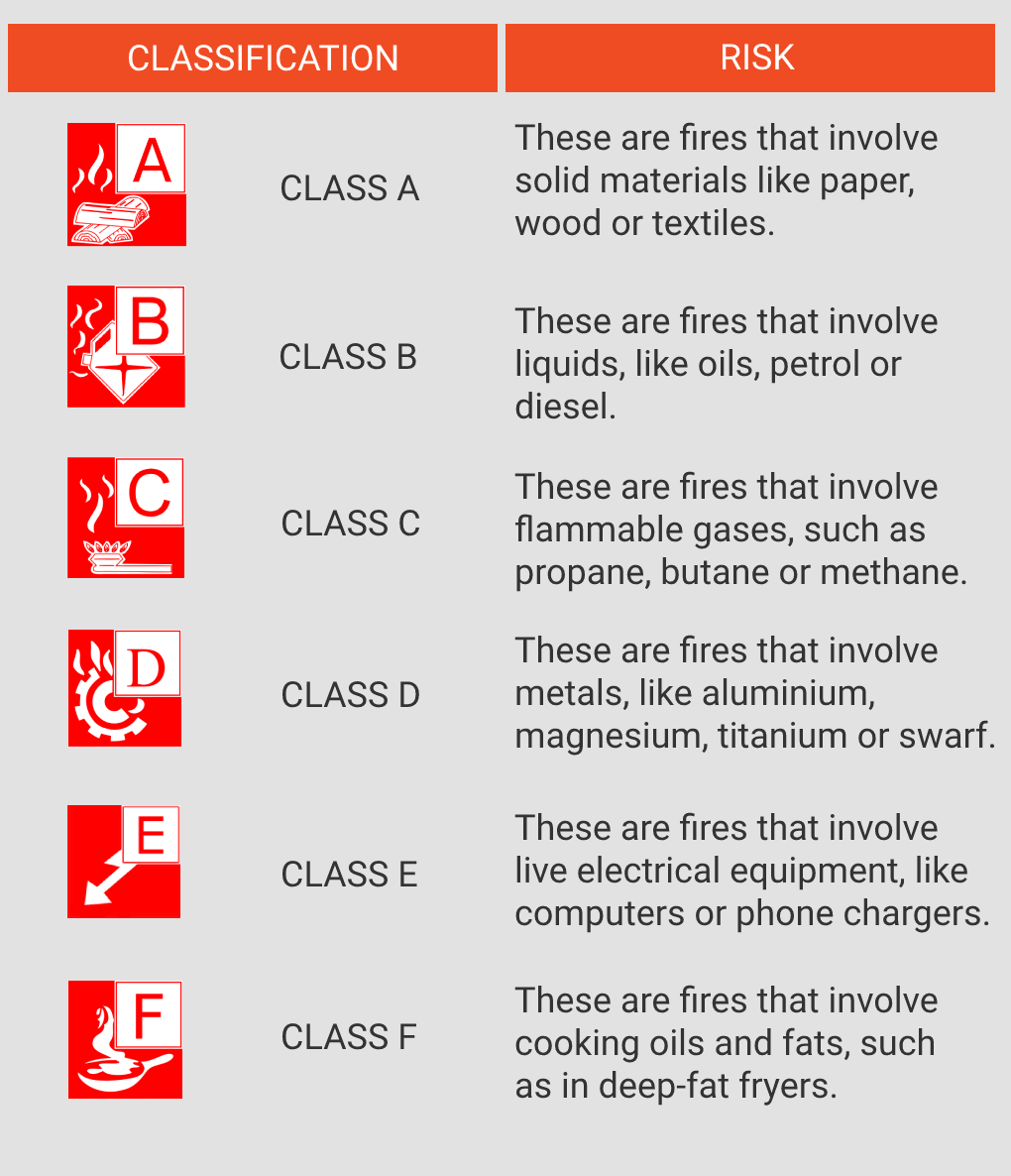
Fire Classification The Different Classes Of Fire - Ideal Response
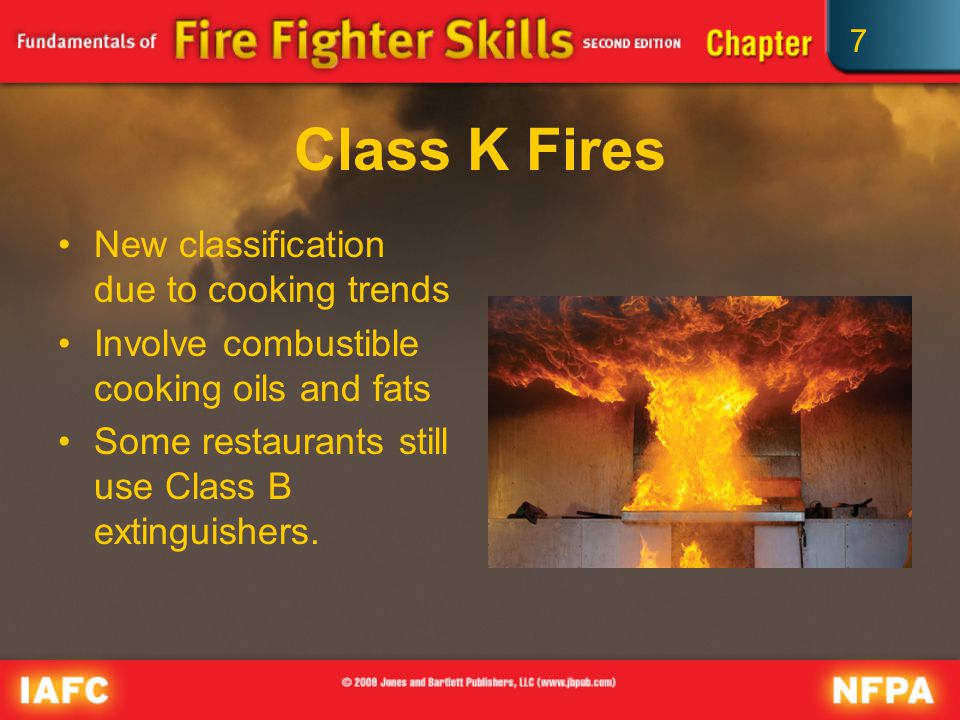
Portable Fire Extinguishers - Ppt Video Online Download
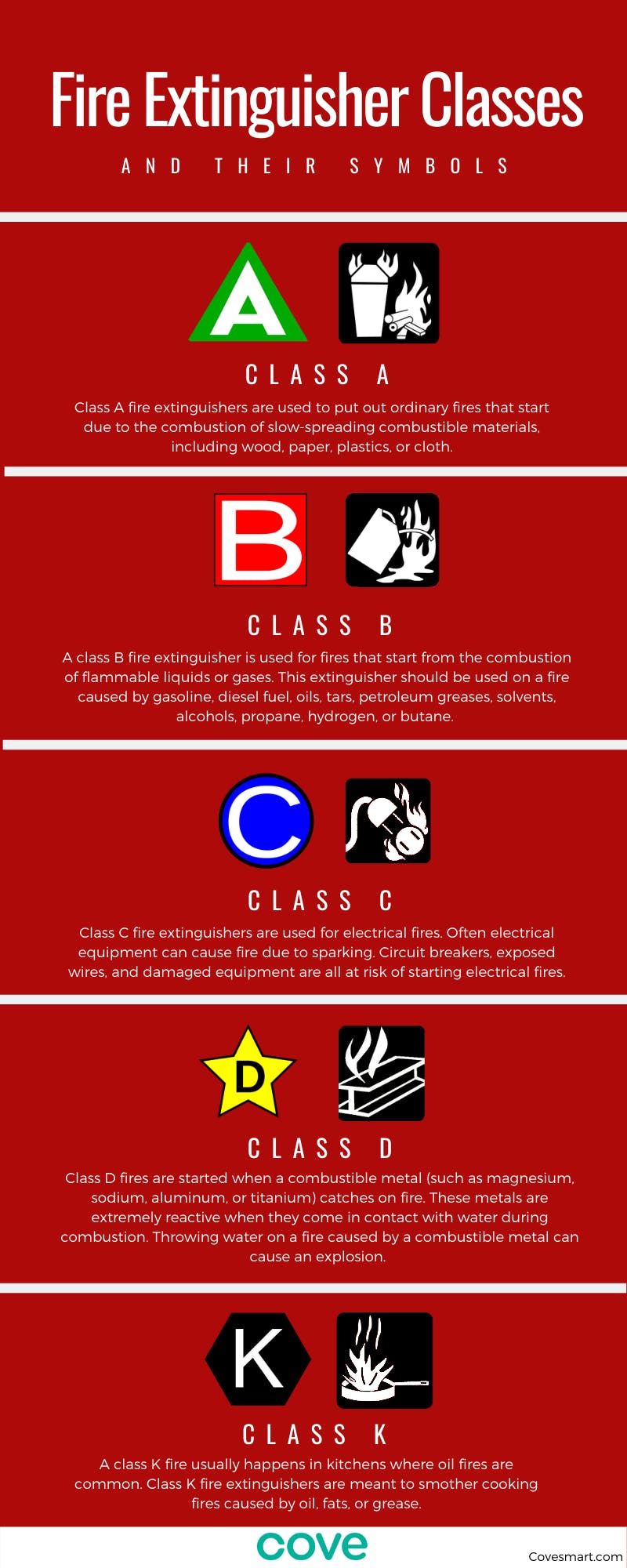
Guide To The Five Fire Extinguisher Classes Cove Security
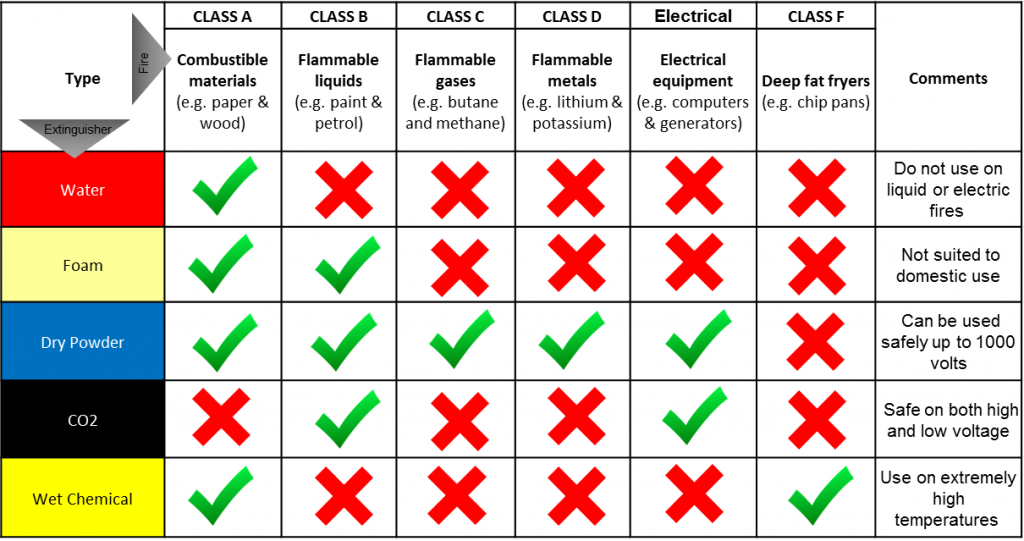
Fire Extinguisher Types And Fire Classes In Australia
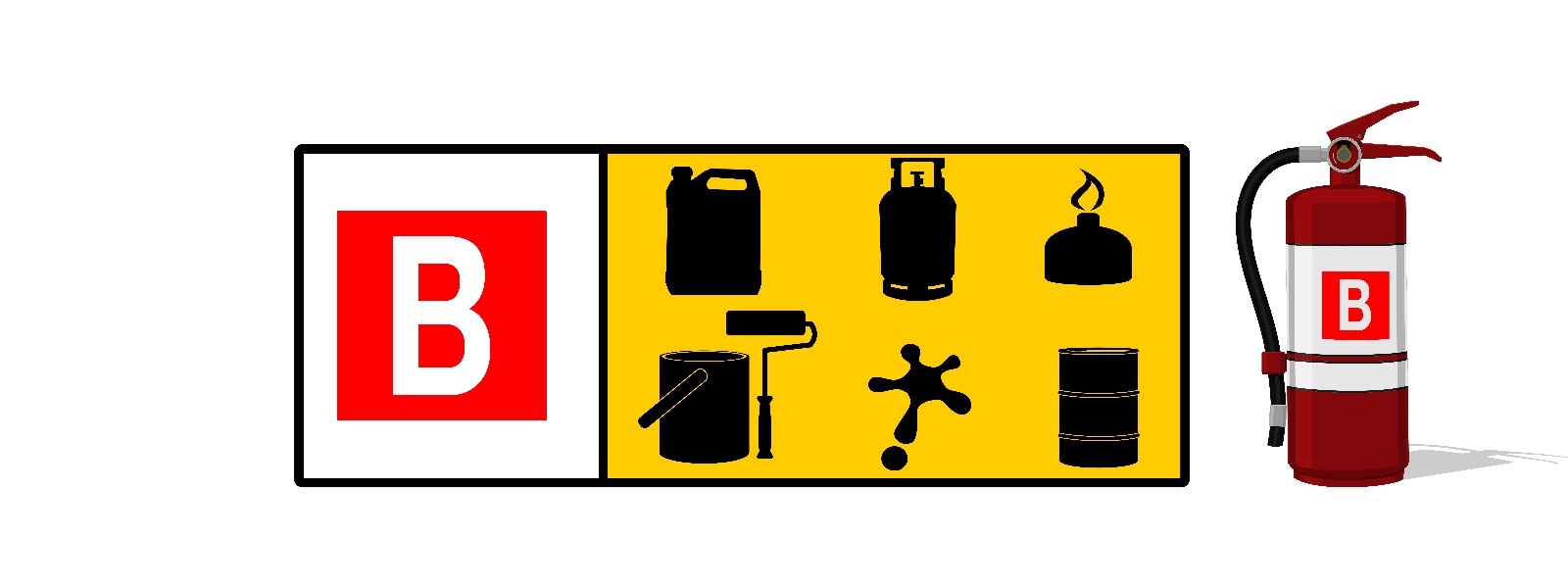
What Is A Class B Fire Extinguisher Used For

Classes Of Fire Class A Combustible Materials Characteristics
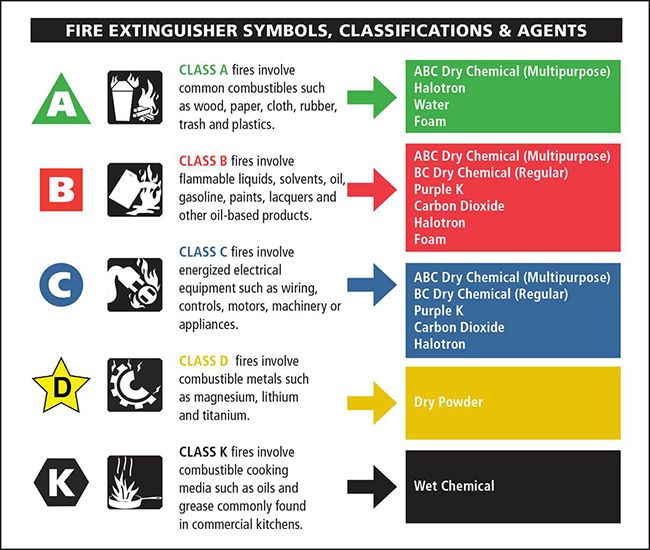
Types Of Fires Kidde Fire Safety

The Types Of Fire Extinguishers Classifications Water Foam Co2

Class B Fire Extinguishers Combustible Gases And Liquids - Strike First Usa

Abcs Of Fire Extinguishers Fire Prevention Services The University Of Texas At Austin

What Are The Different Types Of Fire Extinguishers Uk Businesswatch
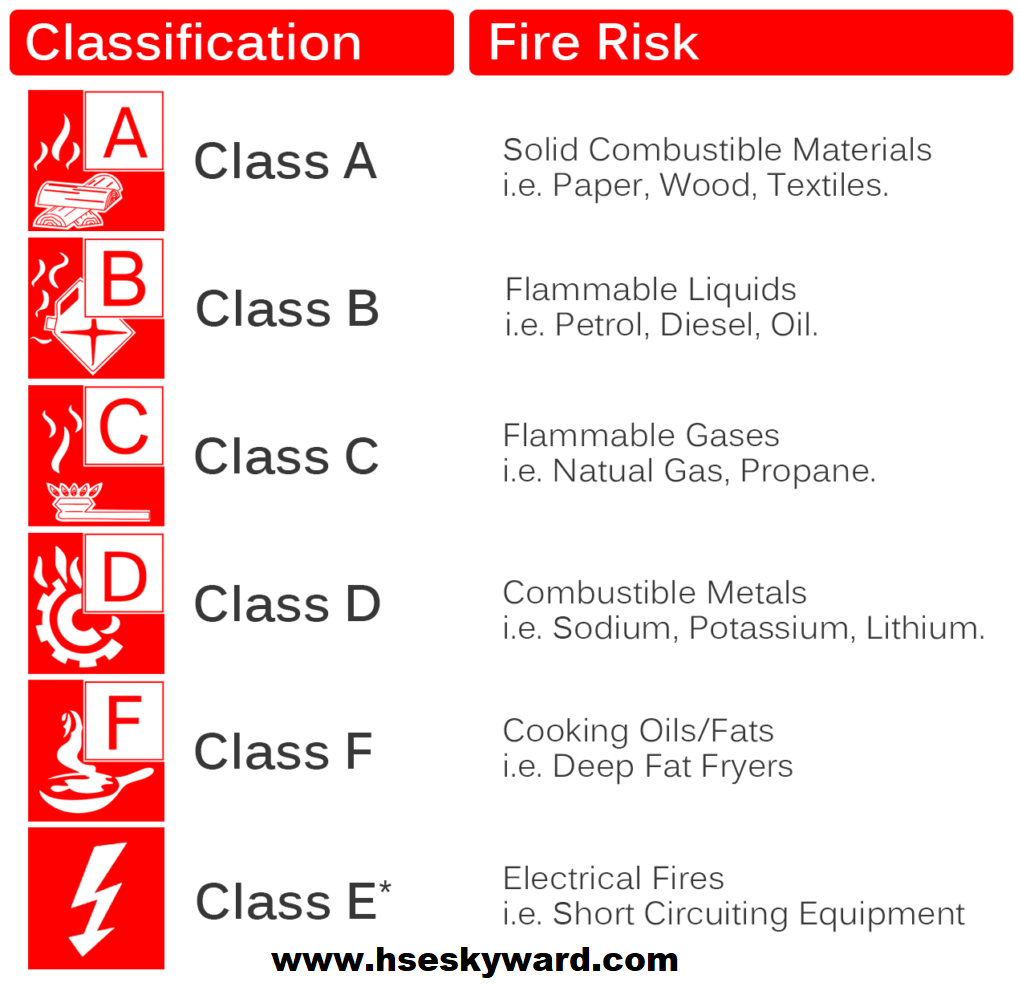
Classes Of Fire According To International Standards - Hse Skyward

The Five Classes Of Fires And The Fire Extinguishers That Stop Them - Strike First Usa

The Five Classes Of Fires And The Fire Extinguishers That Stop Them - Strike First Usa
Study Guide - Chapter 2 - Fire And Fire Extinguisher Classifications - Boaters Academy
Class B Fires Use The Following As Fuel. There are any Class B Fires Use The Following As Fuel in here.